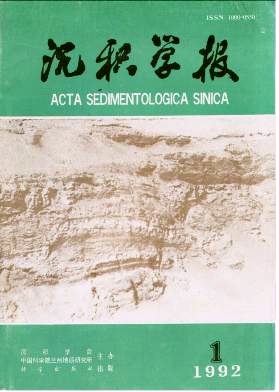Introduction and Comment of Comparative Taphonomy and Taphofacies
- Received Date: 1989-03-16
- Publish Date: 1992-03-10
Abstract: The skeletons of organisms display many occurrence models which may be used to better understand the sedimentary environments within which they occur. After organisms died, the bodies, which deposit in the various depositional environments, will suffer different kinds of physical and chemical influence. Thus, the skeletons of organisms will be stamped the signs of depositional environments. The preservation patterns and types of fossils can be used as the tools to reconstruction of ancient depositional environments. The comparative taphonomy and taphofacies are new geological theories using fossil preservation patterns and types to rebuild ancient depositional environments. For this purpose, Speyer and Brett (1988) have established seven taphofacies for the late Paleozoic fossils, according to the skeletons biostratinomy which include intact transport of skeletons, disarticulation, fragment of skeletons and corrasion of skeletons. And, the taphofacies models corroborated by empirical data from Paleozoic strata, illustrate the distribution of taphonomic properties with respact to environmental energy, background sedimentation rate, and sediment oxygenation, according to Speyer Brett. Thus, these theories have bright future, but there still have some must be developed, and some questions and problems sould be answered and solved, espacially taphofacies theory. First, for taphofacies, only the simple models have been illustrated which suitable for the depositional margin environments of the continental shelves whthin which the fossils preserved in. But during the geological time, there were many different depositional environments, not only depositional margin environments, but also many sharpy bypass margin environments distributed all over the world. For example, there are many late Paleozoic bypass margins with very sharp slopes within the area of southern China, which unsuitable for Speyer's Taphofacies theory. Second, how to establish taphofacies which can be used in turbidites and storm deposits and used in fresh water depositional environments. The fresh water environments are very different with the ocean environments, therefore, the fossil preservation types in the fresh water depositional environments also show different characteristic. Although the theories still have shortage, they provide information important in paleoecological studies and rebuild depositional environments.
| Citation: | Zhang Tingshan, Hou Fanghao, Fang Shaoxian. Introduction and Comment of Comparative Taphonomy and Taphofacies[J]. Acta Sedimentologica Sinica, 1992, 10(1): 36-46. |






 DownLoad:
DownLoad: